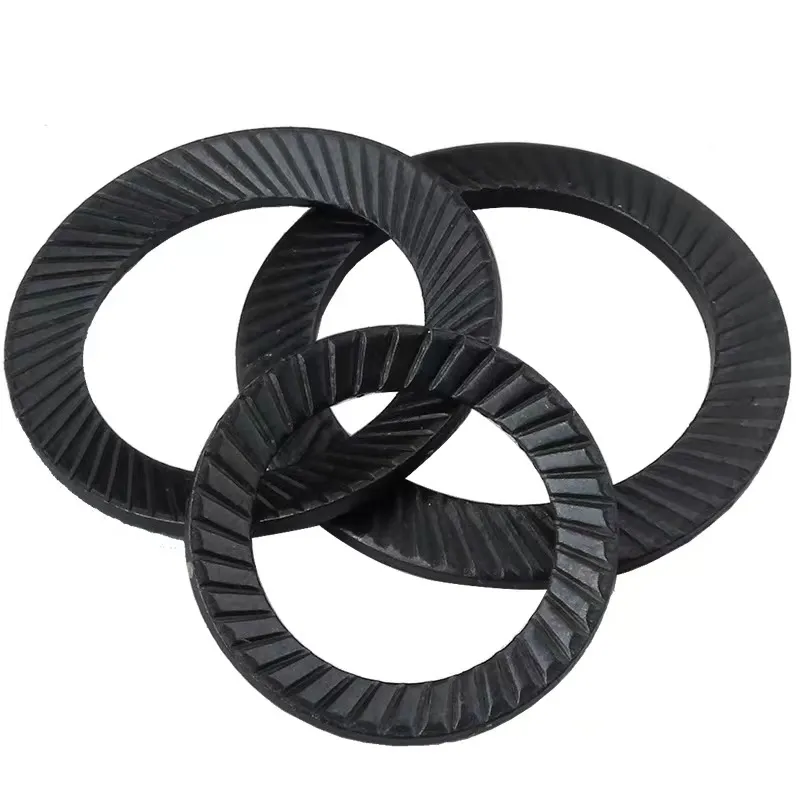

Optimizing Performance with Anchor Stud Bolts for Heavy-Duty Applications
Oct . 13, 2024 10:01 Back to list
Optimizing Performance with Anchor Stud Bolts for Heavy-Duty Applications
Understanding Anchor Stud Bolts Their Significance and Applications
Anchor stud bolts are essential components in various construction and engineering projects, providing a robust fastening solution for a wide range of applications. These bolts are specifically designed to create a secure connection between structures, ensuring stability, durability, and safety. In this article, we will delve into the significance of anchor stud bolts, their design features, installation methods, and various applications across different industries.
What are Anchor Stud Bolts?
Anchor stud bolts are specialized fasteners that typically consist of a long, threaded rod with a head at one end. They are embedded into concrete or other solid materials and are often used to secure fixtures, equipment, or structural elements. The stud portion is typically made from high-strength steel or other durable materials to withstand extreme loads and environmental conditions. The anchor design enables the bolt to achieve superior load-bearing capacity, making it suitable for heavy-duty applications.
Significance in Construction
One of the primary functions of anchor stud bolts is to provide stability in construction projects. When securing structural elements such as beams, columns, and bridges, ensuring that these components remain tightly fastened to their foundations is crucial. The strength and reliability of anchor stud bolts mean that they can handle significant tension and shear forces without failing, which is vital for maintaining structural integrity.
Moreover, anchor stud bolts can also be used in seismic-resistant construction, where buildings are designed to withstand earthquakes. Properly installed anchor bolts help prevent structural failures, providing the necessary flexibility and support during seismic activity.
Design Features
Anchor stud bolts come in various designs and configurations to meet specific engineering requirements. Some of the key features to consider when selecting anchor bolts include
- Material Commonly made from carbon steel, stainless steel, or alloy steel, the choice of material affects corrosion resistance and strength. For projects exposed to harsh environments, stainless steel is often preferred. - Threading The type of threading on the bolt influences how it engages with the fastened materials. Coarse threads are typically used for applications requiring quicker installation, while fine threads are preferred for applications demanding greater tensioning and resistance to loosening.
- Head Design The head of the bolt can vary based on the tool needed for installation and the aesthetic requirements of the project. Common designs include hex heads and square heads, which accommodate different types of wrenches.
Installation Methods
anchor stud bolt

Installing anchor stud bolts requires precision and care to ensure their effectiveness. Common installation methods include
1. Drilled Holes Holes are drilled into the concrete or substrate, and the bolts are inserted into these holes. The holes may be filled with concrete or other adhesives to secure the bolts.
2. Chemical Anchoring In this method, a chemical adhesive is applied to the drilled holes before inserting the anchor bolts. This technique is particularly useful for heavy loads and in environments sensitive to vibrations.
3. Mechanical Anchoring Mechanical anchors expand once inserted into a hole, providing a secure grip on the base material. This method is often used for temporary applications or in situations where the bolts might need to be removed.
Applications Across Industries
Anchor stud bolts find applications across numerous fields, including
- Construction Used to anchor walls, machinery, and reinforcement bars in concrete structures.
- Marine Engineering Securing structures like docks, piers, and bridges, where environmental conditions are particularly demanding.
- Industrial Supporting heavy equipment in manufacturing plants and warehouses.
- Infrastructure Essential in transportation structures such as highways, railways, and airports.
Conclusion
In conclusion, anchor stud bolts play a vital role in ensuring the stability and safety of various structures in construction and engineering projects. Their unique design features, robust materials, and versatile applications make them indispensable in achieving durable and secure connections. As construction techniques continue to evolve, the importance of reliable anchoring systems like stud bolts remains paramount, underpinning the need for innovative solutions in modern engineering. Ensuring proper installation and selection of these fasteners is crucial for the longevity and integrity of structures worldwide.
Latest news
-
Hot Dip Galvanized Bolts-About LongZe|High Strength, Corrosion Resistance
NewsJul.30,2025
-
High-Strength Hot Dip Galvanized Bolts - Hebei Longze | Corrosion Resistance, Customization
NewsJul.30,2025
-
Hot Dip Galvanized Bolts-Hebei Longze|Corrosion Resistance&High Strength
NewsJul.30,2025
-
High-Strength Hot-Dip Galvanized Bolts-Hebei Longze|Corrosion Resistance&High Strength
NewsJul.30,2025
-
Hot Dip Galvanized Bolts-Hebei Longze|Corrosion Resistance&High Strength
NewsJul.30,2025
-
Hot Dip Galvanized Bolts - Hebei Longze | Corrosion Resistance, High Strength
NewsJul.30,2025

